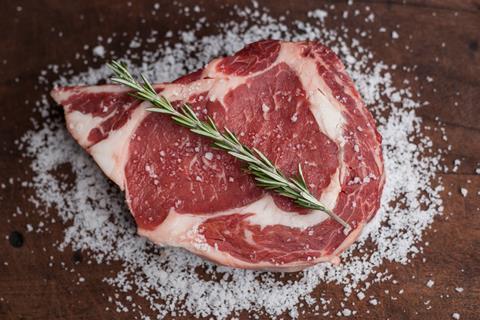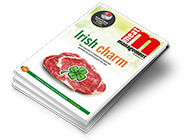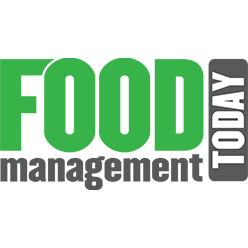Data from NielsenIQ (NIQ) and the British Retail Consortium (BRC) has found that food inflation in the meat category was up as wholesale prices were “hit by tight supply”.

Food inflation rose to 4% on the year, against growth of 3.7% in June. Fresh food inflation for the 1st - 7th July period decreased to 3.2% on the year, against growth of 3.2% in June, and above the three month average of 2.9%.
Ambient food inflation increased to 5.1% year-on-year in July, against growth of 4.3% in June, which was above the three month average of 4.2%.
Mike Watkins, head of retailer and business insight, NIQ, said: “Consumers’ household budgets are coming under pressure with the food retailers now seeing price increases above CPI. However, price competition helped by promotional activity will still mean that shoppers can save money by shopping around.
“With inflation on the up, high street retailers will also be concerned about customer retention over the summer holiday season if they are to maintain sales momentum.”
“Staples such as meat and tea were hit the hardest as wholesale prices for both categories have been hit by tighter global supplies.”
Helen Dickinson, BRC
Helen Dickinson, chief executive of the BRC, stated: “Families will have seen their food bills increase as food price inflation rose for the sixth consecutive month. Staples such as meat and tea were hit the hardest as wholesale prices for both categories have been hit by tighter global supplies.
“This has helped push up overall shop prices. There were a few bright spots, with discounts in fashion and furniture offering consumers a chance to refresh their wardrobe and homes.
“If the Government wants to support struggling families, it must think carefully about the next Budget. Retailers are doing everything possible to protect their customers from the worst of the inflationary pressures, but the £7 billion cost to retail of last year’s Budget forced most retailers to raise prices.
“Further tax rises will ultimately hurt households, locking in inflation and forcing people to pay higher prices to put food on the table.”















